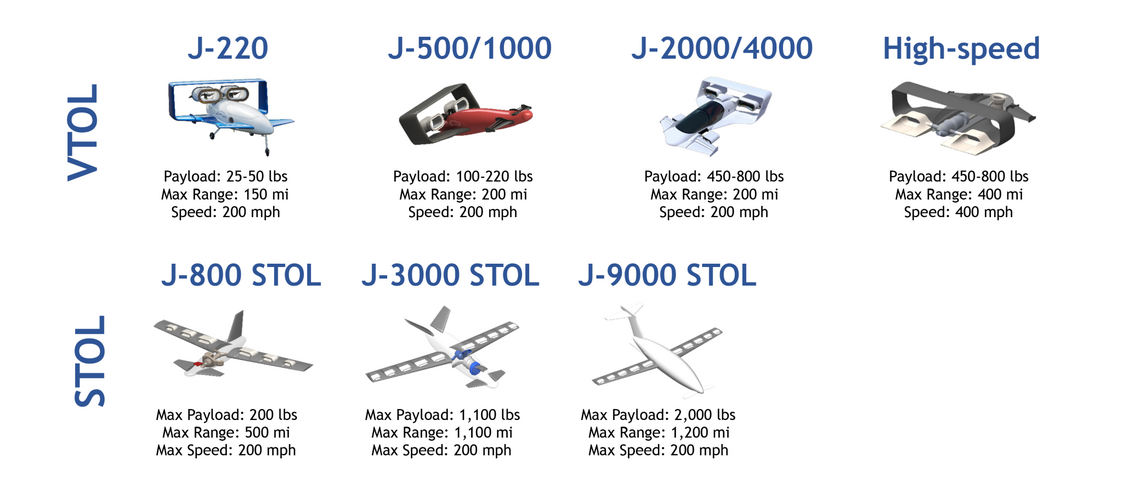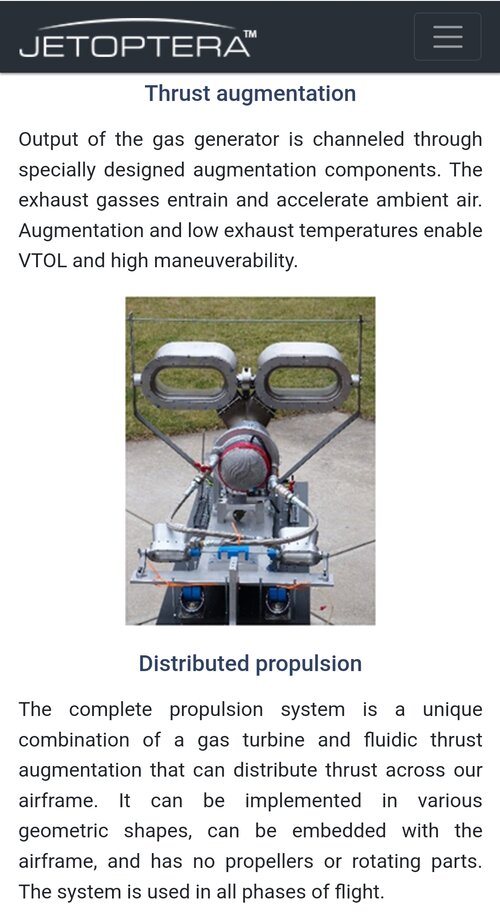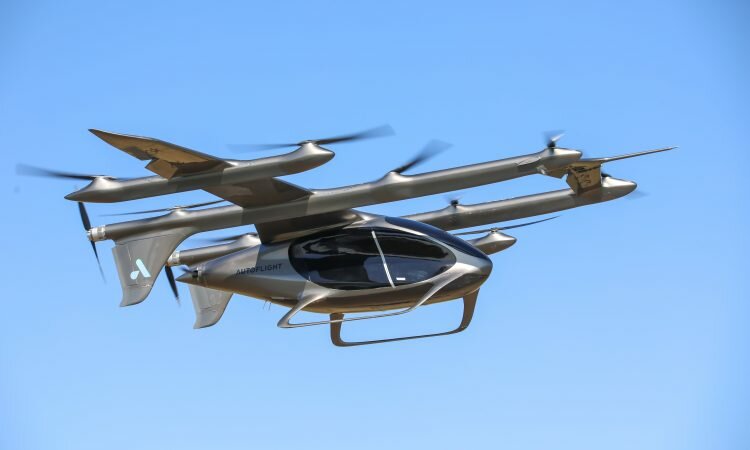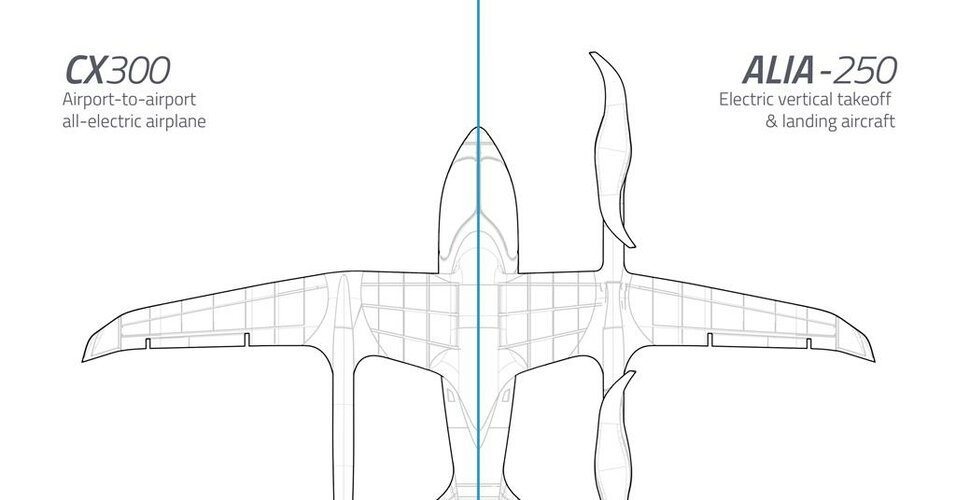The sketch view looks well propotioned, obviously, but not the photo. Look at the pilot inside and compare it with a bell Ranger similar view.

I don't know what's their targeted clientele but it's not NFL players... BETA petite?

I don't know what's their targeted clientele but it's not NFL players... BETA petite?
Last edited:












